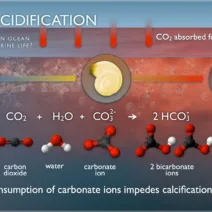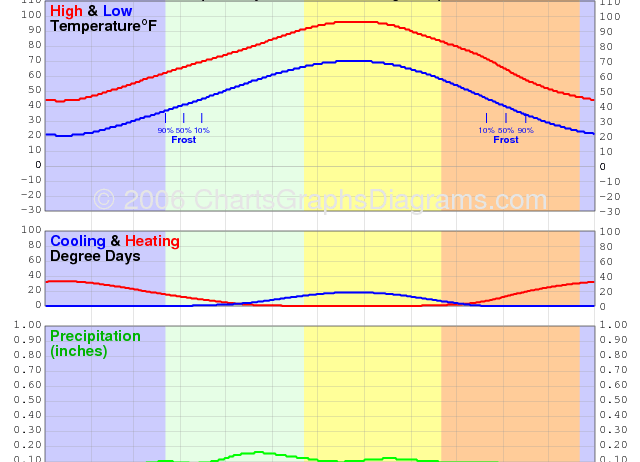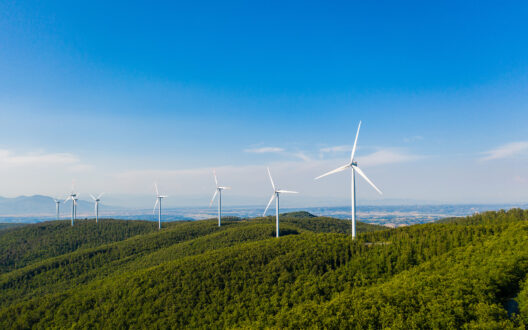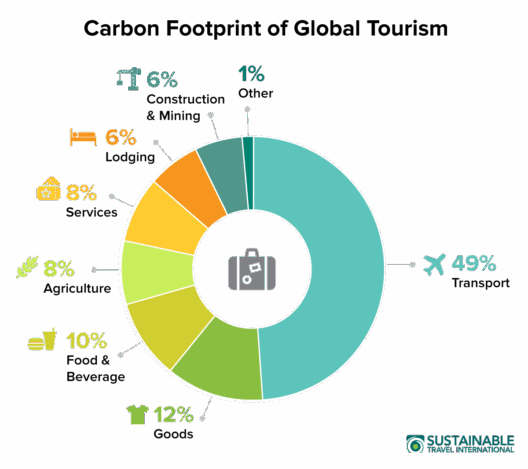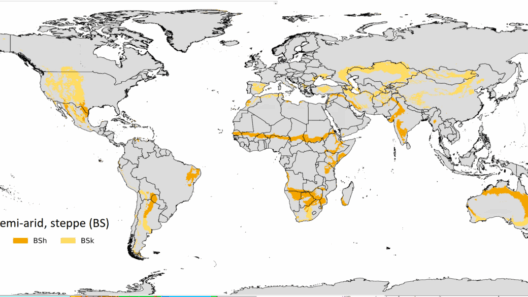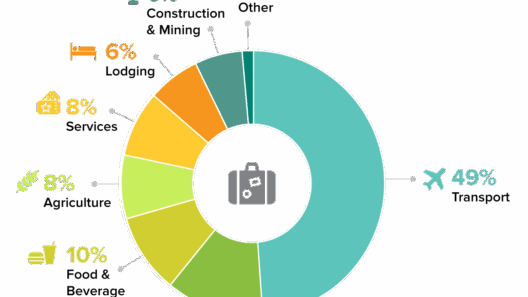The Great Plains, often characterized by their expansive skies and flat landscapes, presents a unique climatic tapestry. Stretching across parts of Canada and the United States, the region experiences a multitude of weather phenomena that can be both mesmerizing and challenging. Have you ever wondered what it would be like to stand beneath the vast, endless sky of the Great Plains? With its ever-changing weather, that experience is nothing short of exhilarating.
To truly understand the climate of the Great Plains, one must first consider its geographical attributes. The area is predominantly flat, interspersed with rolling hills and occasional plateaus. This topography plays a crucial role in weather patterns, as there are minimal natural barriers to influence wind direction. Consequently, the region is heavily impacted by continental air masses, leading to a climate that is classified as continental, exhibiting hot summers and cold winters.
Summer in the Great Plains can be intensely warm; temperatures frequently reach into the nineties Fahrenheit (mid-thirties Celsius). The sun beats down upon the land, and humidity levels can vary significantly. In certain areas, the dry heat can feel stifling, while other places are subject to muggy conditions resulting from nearby water sources. Despite this warmth, summer storms can erupt with alarming ferocity, producing thunderstorms rich in lightning, heavy rains, and even tornadoes. The juxtaposition of serene warmth followed by tempestuous weather challenges traditional ideas of summer’s tranquility.
Winter presents a different face altogether. Temperatures can plunge well below freezing, especially during the frost-laden months of December to February. Layers of snow may cloak the ground, transforming the landscape into a stunning winter wonderland. However, this beauty comes with its own set of challenges. Blizzards, characterized by fierce winds and limited visibility, can disrupt daily life, create hazardous conditions, and leave entire communities snowbound. This stark difference prompts the question: can one truly prepare for the unpredictable nature of the climate here?
Transitioning seasons brings about an extensive spectrum of weather phenomena. Spring ushers in a period of transition, where the cold grip of winter gradually relaxes. As temperatures rise, the snow melts away, leading to significant runoff and the potential for flooding. This rejuvenation of the earth comes with its own risks, as it often sets the stage for violent thunderstorms. These storms, fueled by warm, moist air colliding with cooler air masses, can unleash torrential rain, hail, and fierce winds. The Great Plains are, therefore, a battleground for meteorological forces, presenting challenges not just for its inhabitants but for ecosystem balance as well.
The vast skyscape also holds its secrets—witnessing phenomena such as the Aurora Borealis on occasion during clear nights, albeit these displays are more common in northern reaches. The expansive, cloud-streaked horizon can be a painter’s palette, showcasing sunsets that blend hues of orange, pink, and purple. But how many of us genuinely appreciate the delicate balance that sustains such beauty?
Climate change serves as an overarching concern that poignantly affects the Great Plains. As global temperatures rise, shifts in precipitation patterns become apparent. Some areas may experience intensified droughts, which threaten agricultural productivity. The hardiness of crops that have thrived for generations faces scrutiny as farmers adapt to these unpredictable conditions. Conversely, increased precipitation could lead to soil erosion and flooding, rendering once-fertile lands less productive. The challenge lies in finding equilibrium where sustainable practices meet the demands of an ordinary, yet increasingly erratic, climate.
Notably, residents speak of “weather lore,” a rich tradition of interpreting Mother Nature’s signs. This local wisdom blends with scientific understanding, shedding light on how historical climates influence present-day experiences. Have you ever heard stories of how the elders predicted weather using natural indicators? Such stories encapsulate the symbiotic relationship between humans and nature, revealing the inherent wisdom that local communities possess.
The ecology of the Great Plains is also a narrative woven intricately with climate. Varied ecosystems, from grasslands to wetlands, rely on specific climatic conditions to thrive. Plant and animal species exhibit incredible adaptations to this environment, whether it be the deep roots of prairie grasses that survive droughts or the migratory behaviors of birds that respond to seasonal signals. However, climate change disrupts this harmony, placing numerous species at risk. In this context, a challenge arises: how do we safeguard biodiversity while acknowledging the shifting climate realities?
In conclusion, the climate of the Great Plains is a study in contrasts and adaptation. From the relentless heat of summer to the frigid chill of winter, its inhabitants navigate a complex web of weather phenomena. As the specter of climate change looms ever closer, a collective effort is required to understand, adapt, and advocate for sustainable practices that honor the land. The next time you gaze up at the vast sky overhead, ponder the delicate balance of forces in play. How can we work together to meet the challenges posed by a climate that is both extraordinary and unpredictable? Our future may depend on the answers we find today.


